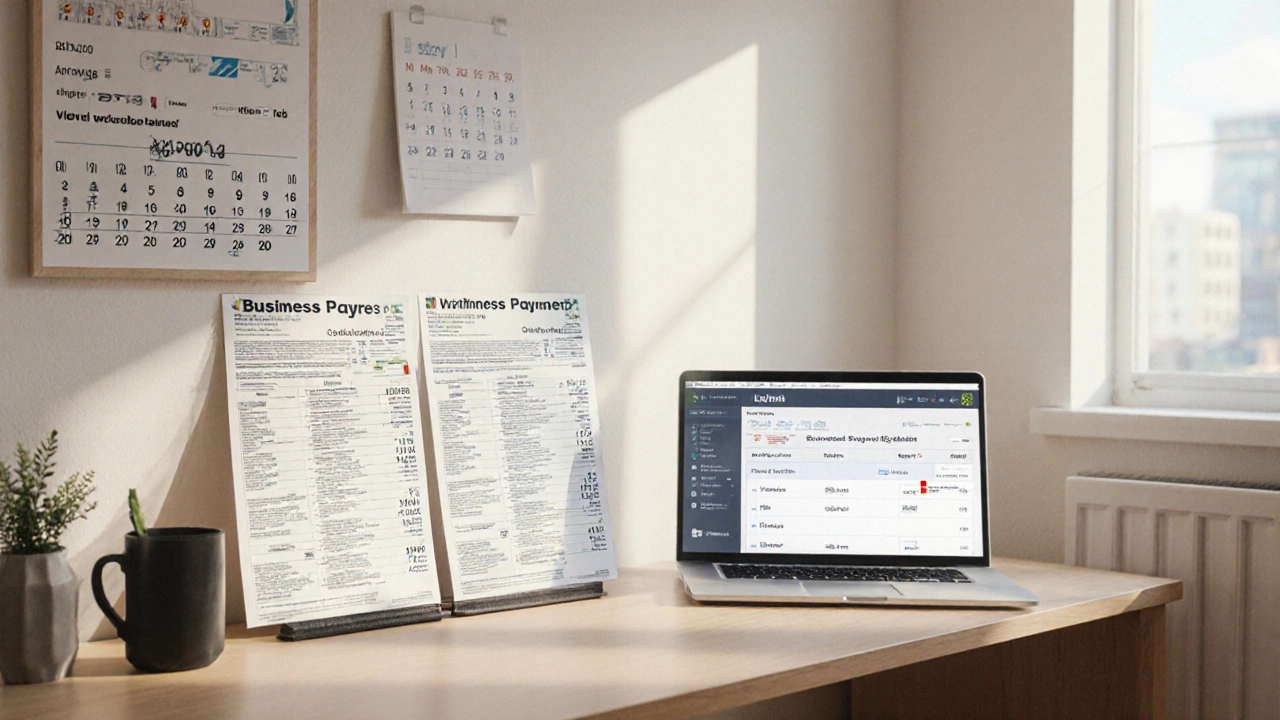Business Owner Salary: How Much You Really Make and What Affects It
When you run your own business, your business owner salary, the total income you take from your business after costs and taxes. Also known as owner’s draw, it’s not the same as a regular paycheck. Many assume it’s just your monthly bank deposit—but that’s only part of the story. A true business owner salary includes what you pull out, what you leave in to grow the business, and what gets eaten up by taxes, rent, tools, and payroll. If you’re wondering why your bank account doesn’t match your expectations, you’re not alone.
What you earn as a business owner depends on three things: how much money your business makes, how much you spend to keep it running, and how much you choose to take out. A small business income, the total revenue generated by a business before expenses might look strong on paper, but if your expenses are high—like equipment, software, insurance, or hiring help—your actual take-home can be much lower. And if you’re reinvesting profits back into the business, your personal salary might be $0 for months. That’s normal. Many successful owners go years without drawing a full salary, especially in the early stages.
Then there’s the profit vs salary, the difference between what your business earns after costs and what you personally withdraw. This is where people get confused. Just because your business made $150,000 doesn’t mean you got $150,000 in your pocket. You might have paid $60,000 in operating costs, $20,000 in taxes, and left $30,000 in the business for new inventory. That leaves you with $40,000 to take home. That’s your real salary. And if you didn’t take any of it? You’re still a business owner earning $0 this year—even if your business is thriving.
Self-employed earnings are messy. There’s no HR department handing you a pay stub. You’re the accountant, the boss, and the employee. That means you have to track everything: business expenses, personal withdrawals, quarterly taxes, retirement contributions. Many owners forget to pay themselves at all, then wonder why they’re stressed about money. Others overpay themselves, then can’t cover payroll or fix a broken machine. Finding the right balance isn’t about what you want—it’s about what your business can sustain.
There’s no national average that tells you what you should earn. A freelance designer in Manchester makes different money than a plumbing business owner in Birmingham. One might take home $50,000 a year with low overhead. Another might pull $120,000 but pay $80,000 in wages and $20,000 in rent. The real question isn’t "how much should I make?" It’s "how much can my business afford to pay me?" And that changes every quarter.
Below, you’ll find real breakdowns from owners who’ve been there. Some share how they went from $0 salary to $80,000. Others show how they cut costs to finally pay themselves. You’ll see what expenses eat the most money, how to calculate your true take-home, and what most owners miss when they think they’re doing well. This isn’t theory. It’s what works—and what doesn’t—when you’re running the show.
